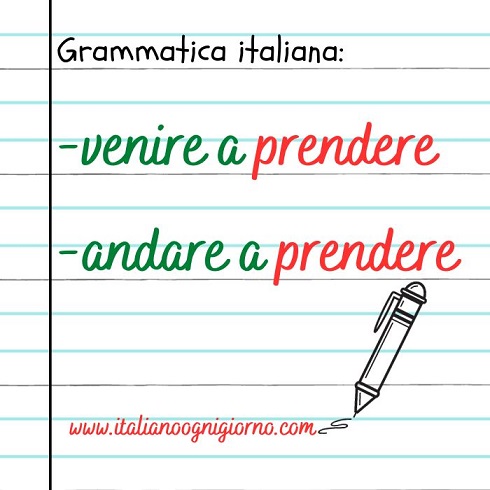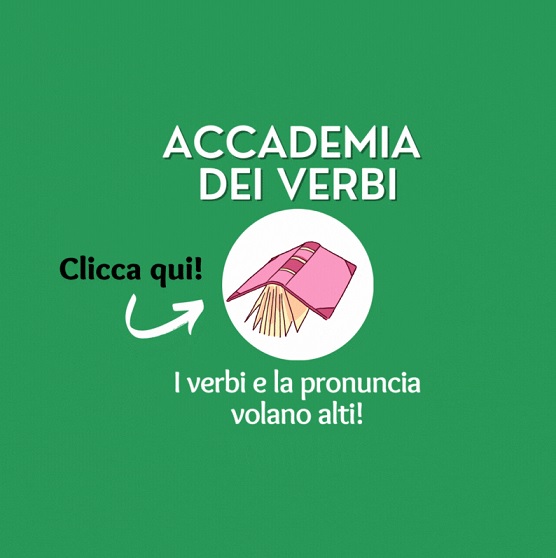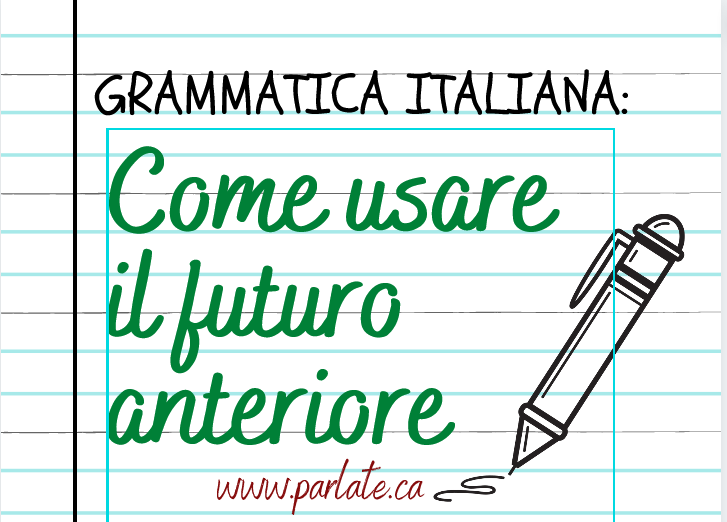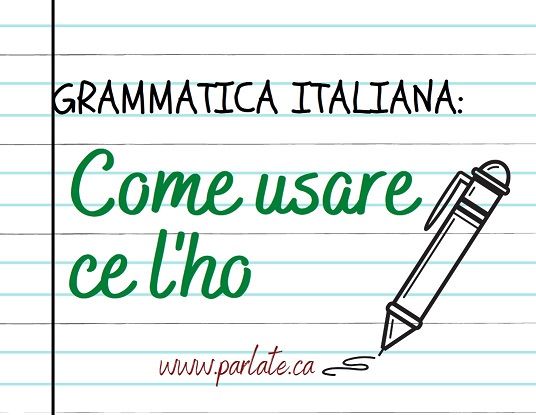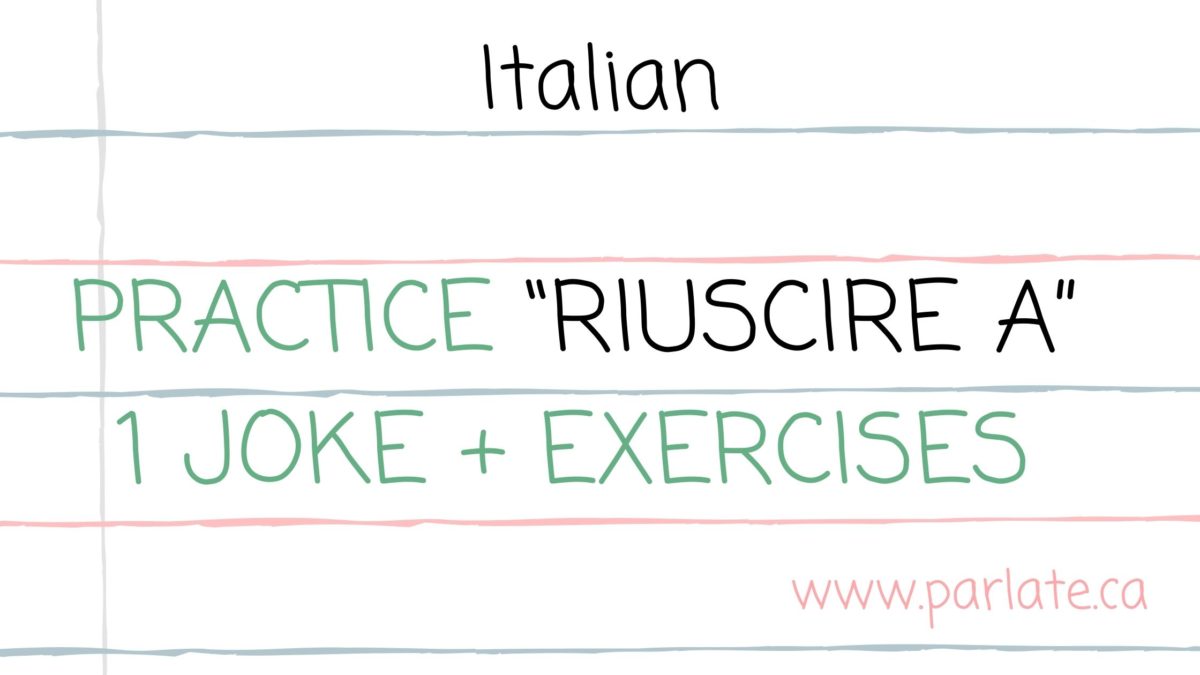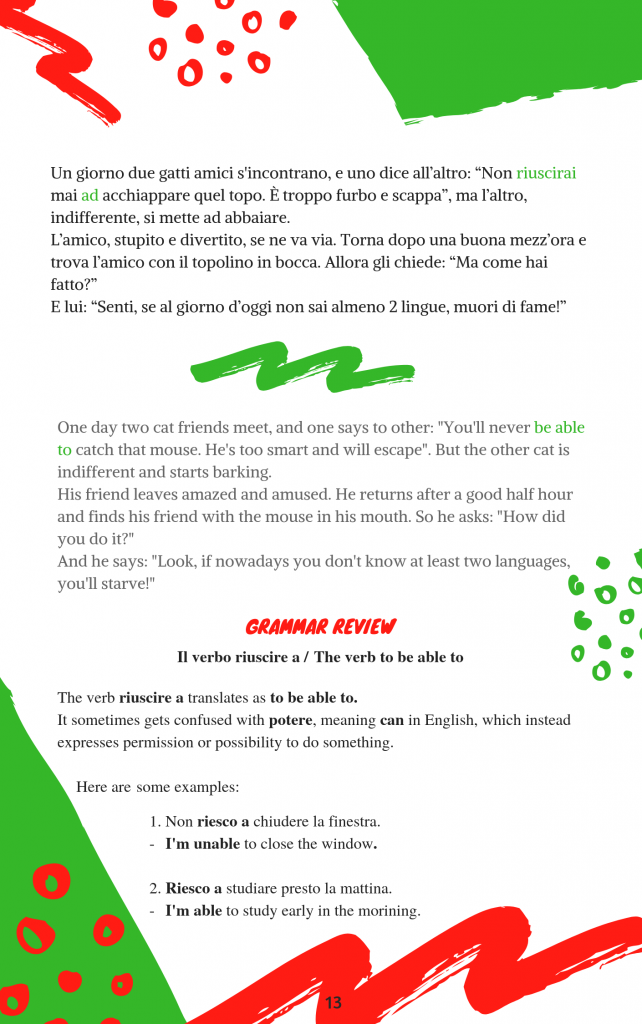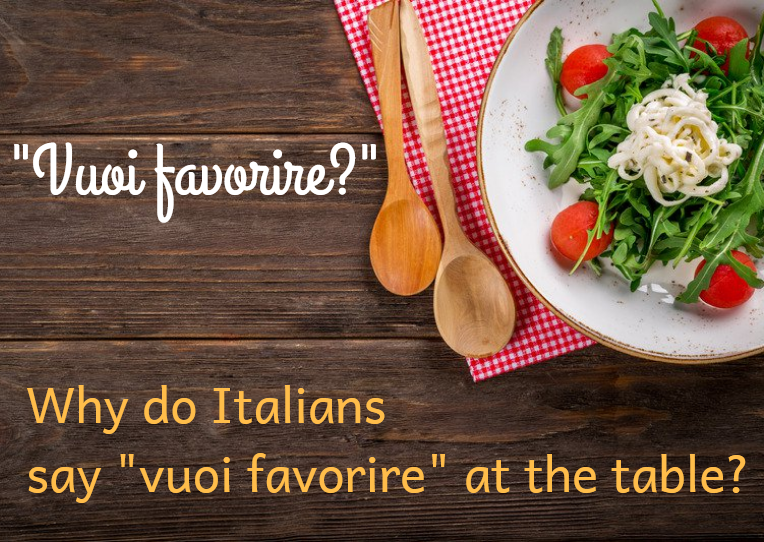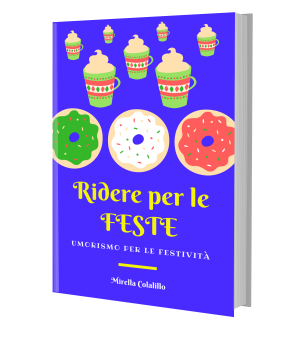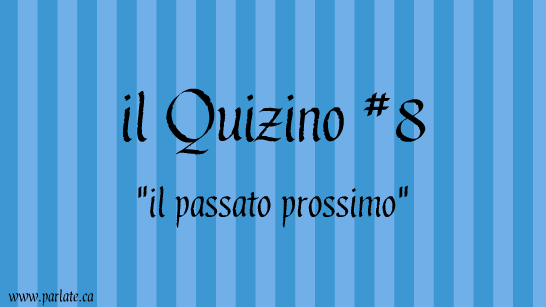(English follows)
Ascolta la lezione (listen to the lesson):
Studiando l’italiano hai mai incontrato dei verbi seguiti da una preposizione e poi da un altro verbo all’inifinito o al gerundio? Sono dei verbi fraseologici e a volte ti fanno grattare il capo se non sai come usarli! Vediamo in particolare come si usano i verbi fraseologici venire a prendere e andare a prendere.
I verbi venire a prendere e andare a prendere sono chiamati verbi fraseologici. Sono usati davanti a un altro verbo all’infinito o al gerundio e sono spesso accompagnati da una preposizione.
I verbi fraseologici esprimono una particolare azione, per esempio:
cominciare a +infinito – (inizio dell’azione)
finire di + infinito – (fine dell’azione)
continuare a +infinito – (proseguimento dell’azione)
stare per + gerundio – (progressività dell’azione)
I verbi venire a + prendere e andare a + prendere indicano il movimento di un’azione.
Vediamo alcune frasi:
Venire a prendere – to come get, pick up
1. Vengo a prendere la mia bici domani quando sarà pronta.
2. Stasera i miei amici vengono a prendere dell’uva del mio orto.
3. Sono venuti a prenderci alla fermata dell’autobus.
4. Ti veniamo a prendere all’aeroporto.
Andare a prendere – to go get, pick up
1. Siete andati a prendere un caffè al bar?
2. Ogni giorno va a prendere la figlia all’uscita dalla scuola.
3. Sono andati a prendere le chiavi dell’appartamento.
4. Domani andremo a prendere del vino in cantina.
Consiglio
Quando hai dei dubbi, per non sbagliare, consulta sempre il dizionario!
Continua a esercitarti nell’Accademia dei Verbi.
Troverai tanti esercizi efficaci che ti aiuteranno a coniugare tutti i tempi verbali e a pronunciarli bene:
English version
While studying Italian, have you ever encountered verbs followed by a preposition and then by another verb in the infinitive or gerund? They are phrasal verbs and sometimes they make you scratch your head if you don’t know how to use them! Let’s see in particular how to use the phrasal verbs venire a prendere and andare a prendere.
The verbs venire a prendere and andare a prendere are called phrasal verbs. They are used before another verb in the infinitive or gerund and are often accompanied by a preposition.
Phrasal verbs express a particular action, for example:
cominciare a +infinito – (start of an action)
finire di + infinito – (end of an action)
continuare a +infinito – (continuation of an action)
stare per + gerundio – (progression an action)
The verbs venire a + prendere e andare a + prendere indicate the movement of an action.
Let’s have a look at some sentences:
Venire a prendere – to come get, pick up
1. Vengo a prendere la mia bici domani quando sarà pronta.
I’ll come get my bike tomorrow when it’s ready.
2. Stasera i miei amici vengono a prendere dell’uva del mio orto.
Tonight my friends are coming to get some grapes from my garden.
3. Sono venuti a prenderci alla fermata dell’autobus.
They came to pick us up at the bus stop.
4. Ti veniamo a prendere all’aeroporto.
We will pick you up at the airport.
Andare a prendere – to go get, pick up
1. Siete andati a prendere un caffe al bar?
Have you gone to and get a coffee at the bar?
2. Ogni giorno va a prendere la figlia all’uscita dalla scuola .
Every day he goes to pick up his daughter from school.
3. Sono andati a prendere le chiavi dell’appartamento.
They went to get the keys to the apartment.
4. Domani andremo a prendere del vino in cantina.
Tomorrow we will go to the cellar to get some wine.
Suggestion:
When in doubt, to avoid making mistakes, always consult the dictionary!
Continua a esercitarti (continue to practice) in the Accademia dei Verbi.
You will find many effective exercises that will help you conjugate all the verb tenses and pronounce them well:
- Il Discorso diretto e discorso indiretto in italiano

- I verbi fraseologici: venire/andare a prendere

- Come diventare migliori comunicatori in italiano

- 3 ways to pronounce the s in Italian

- I0 Italian Verb lessons

- How to roll the r in Italian | pronunciation practice

- Italian songs to tell easy stories | part 2

- Imperfetto or Passato prossimo | Italian verbs

- Italian words to keep a conversation going


